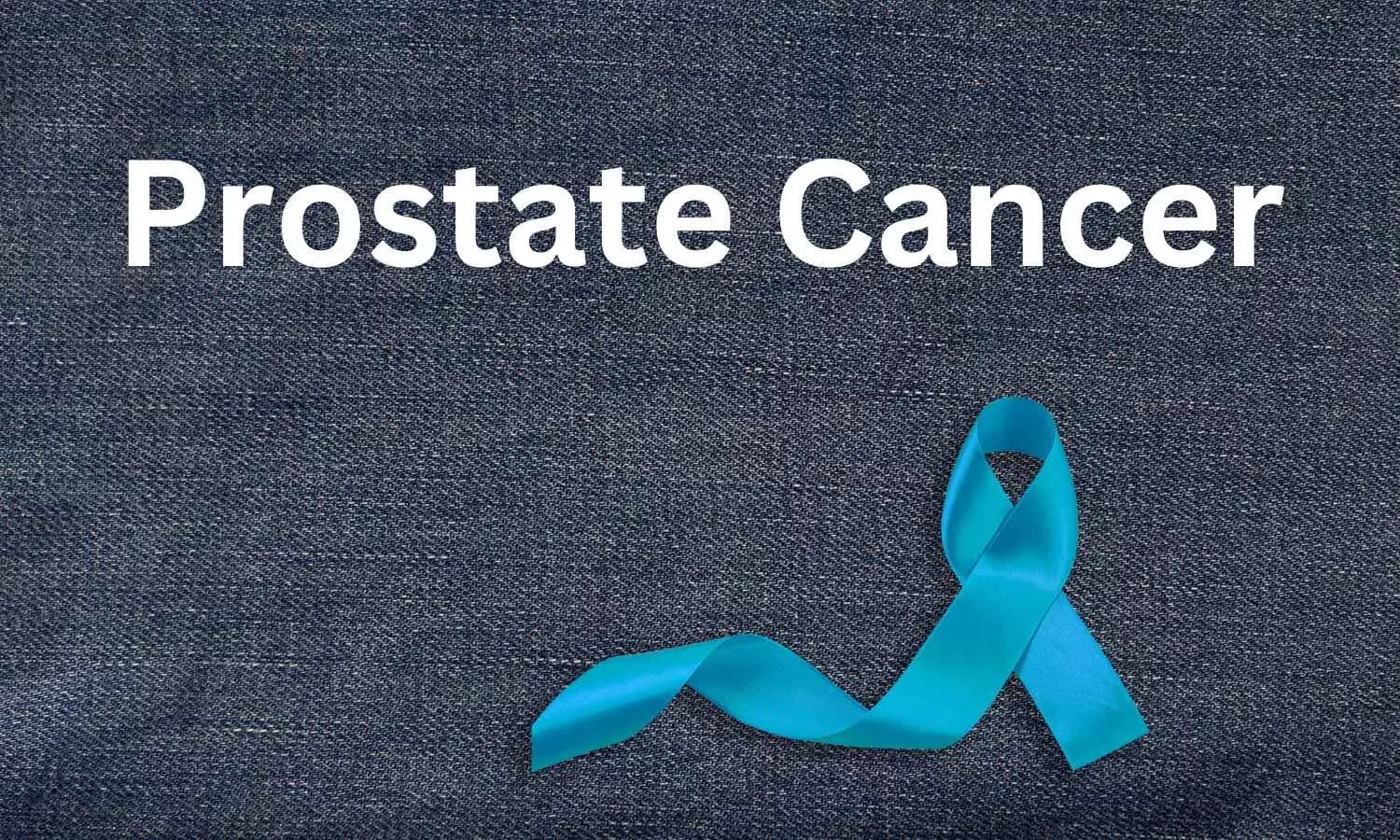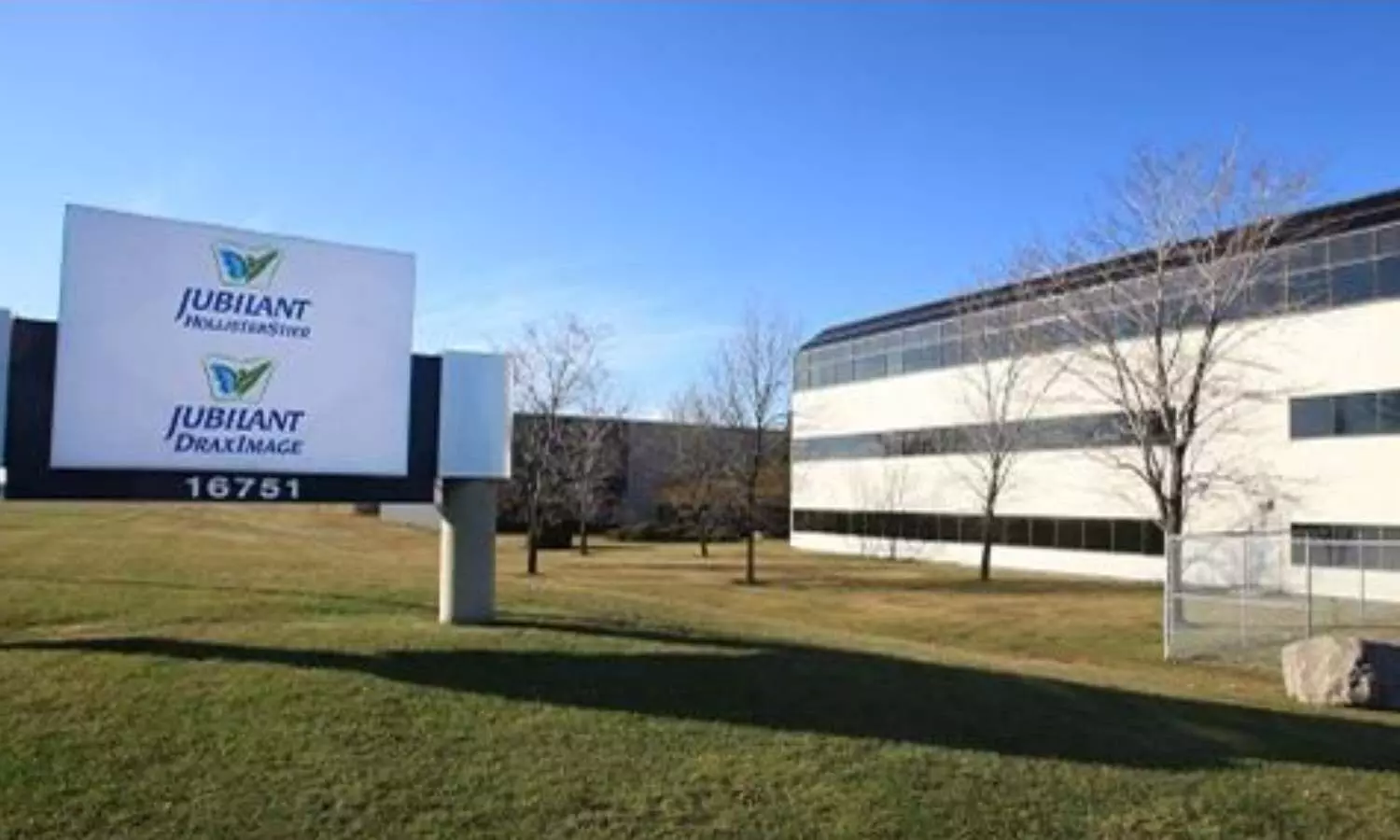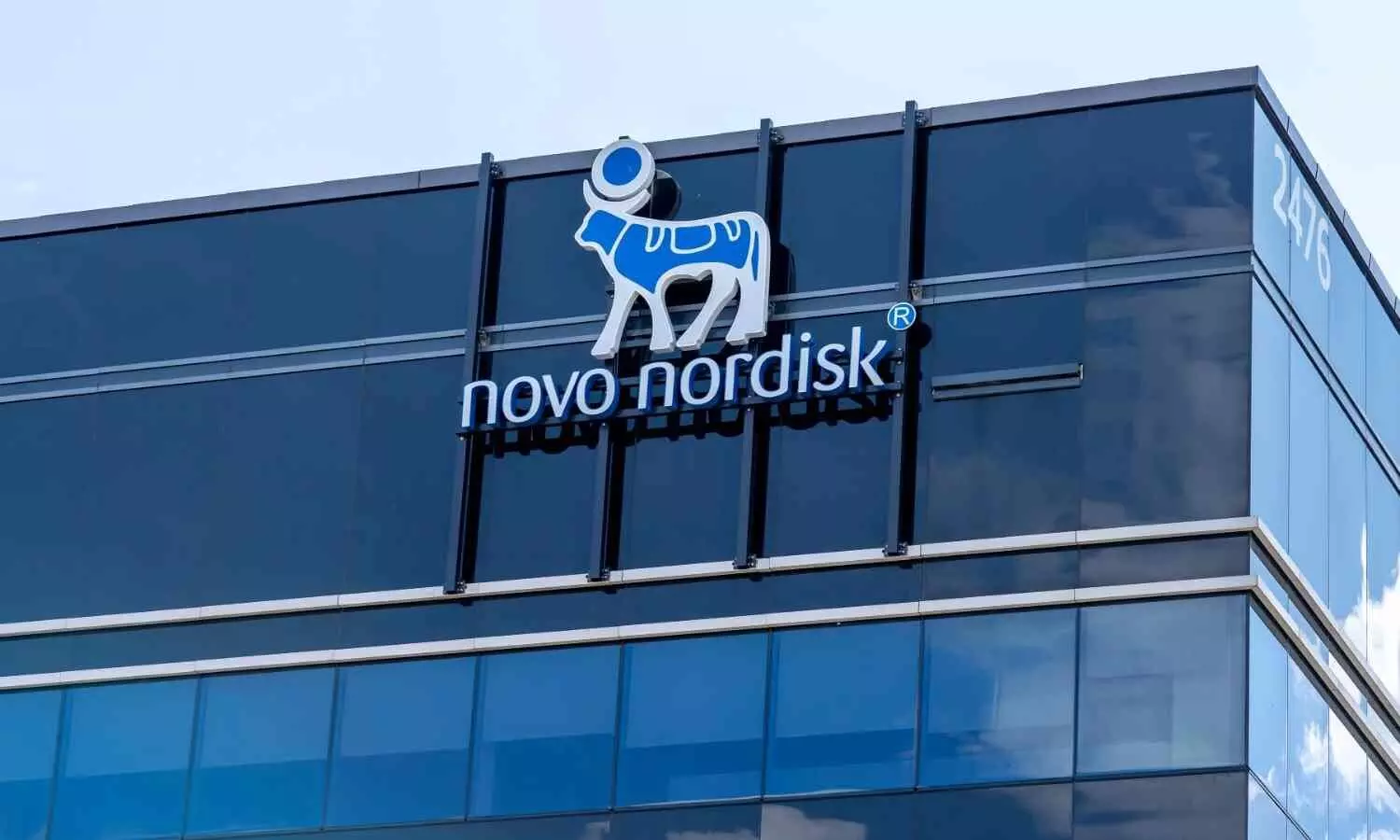Adrenalectomy Linked to Lower Risk of Vertebral Fractures in patients with mild autonomous cortisol secretion: Study

Two studies published in the Journal of Clinical Endocrinology & Metabolism have found that adrenalectomy significantly reduces the risk of vertebral fractures in patients with adrenal incidentalomas and mild autonomous cortisol secretion.
Mild autonomous cortisol secretion (MACS) is associated with increased risk of vertebral fractures (VFx). The impact of recovery from MACS on bone health remains unclear. Retrospective intervention Study (Study1): 53 patients with MACS were followed for 35.2±18.6 months; 31 patients underwent surgery (Study1-GroupA, 74.2% women, age 63 years [57-67]), while 22 patients received conservative treatment (Study1-GroupB, 45.5% women, age 64 years [61-72]). Fifty-one outpatients with MACS were randomly assigned to either adrenalectomy (Study2-GroupA, 21 patients, 67% women, age 63 [56.5-72.5]) or conservative approach (Study2-GroupB, 28 patients, 78% women, age 69 [61-73]) and were followed for 24 months. MACS was diagnosed in patients with adrenal incidentalomas (AI)>1 cm and cortisol after 1-mg dexamethasone suppression test (F-1mgDST) ≥1.8 µg/dL (50 nmol/L). At baseline and at the end of follow-up we assessed: calcium-phosphorus metabolism, bone mineral density (BMD) at the lumbar spine (LS), total hip (TH) and femoral neck (FN) using Dual-energy X-ray Absorptiometry, and the presence of VFx. Results
Study 1: At the end of the follow-up, Study1-GroupB showed an increased incidence of VFx (n=11, 50%) than Study1-GroupA (n=3, 9.7%, p<0.005). In both groups BMD at LS, FN and TH was comparable between baseline and the end of follow-up. Study 2: After 24 months in Study2-GroupA, but not in Study2-GroupB, calcium and phosphorus levels increased compared to baseline (p=0.03 and p=0.04, respectively). At the end of follow up, BMD remained stable across both groups, but Study2-GroupB showed a significantly higher incidence of VFx (n=7, 25%) compared to Study2-GroupA (n=1, 4.8%, p=0.04). In patients with AI and MACS, adrenalectomy significantly reduces the risk of VFx
Reference:
Valentina Morelli, Vittoria Favero, Sofia Frigerio, Carmen Aresta, Flavia Pugliese, Antonio Stefano Salcuni, Alessandro Risio, Cristina Eller-Vainicher, Serena Palmieri, Elisa Cairoli, Sabrina Corbetta, Giovanna Mantovani, Alfredo Scillitani, Iacopo Chiodini, Adrenalectomy reduces the risk of vertebral fractures in patients with mild autonomous cortisol secretion, The Journal of Clinical Endocrinology & Metabolism, 2025;, dgaf227, https://doi.org/10.1210/clinem/dgaf227
Keywords:
Adrenalectomy, Linked, Lower Risk, Vertebral, Fractures, patients, mild autonomous, cortisol, secretion, Study, The Journal of Clinical Endocrinology & Metabolism, mild autonomous cortisol secretion, bone mineral density, vertebral fracture, Valentina Morelli, Vittoria Favero, Sofia Frigerio, Carmen Aresta, Flavia Pugliese, Antonio Stefano Salcuni, Alessandro Risio, Cristina Eller-Vainicher, Serena Palmieri, Elisa Cairoli, Sabrina Corbetta, Giovanna Mantovani, Alfredo Scillitani, Iacopo Chiodini, Adrenalectomy
Powered by WPeMatico




